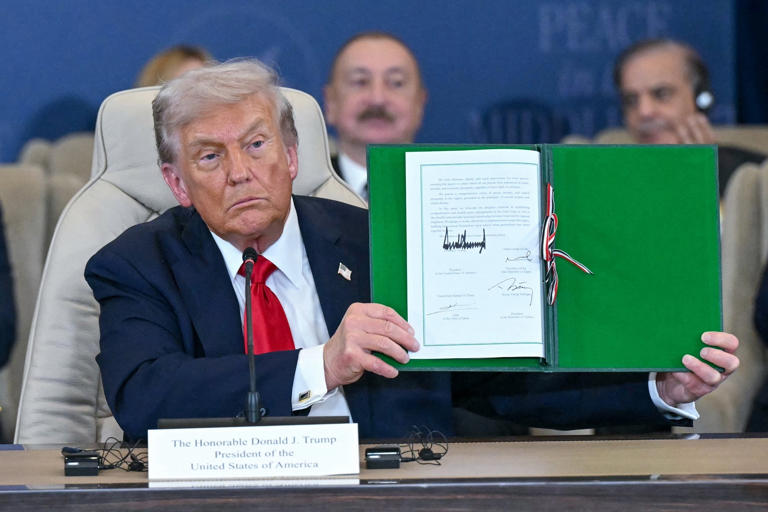March 15, 2024/Midnight
Erie Pa., — As Women’s History Month goes into its second week, it is important to remember the women that gave us our original rights.
When looking through history, specifically the women’s side of history, it is important to note the key seven milestones for women. (HeinOnline Blog)
The first major milestone for women would be the Seneca Falls Convention in 1848.
This was the first convention for women’s rights organized by women for women hosted in Seneca Falls, New York.
The suffragettes did more for women today than some realize. The suffragettes were able to get women the right to vote and the ability to run for vote.
In 1920, the 19th Amendment had been put in place, ensuring every person the right to vote.
In the Equal Pay Act of 1963, women employers are required to pay their workers the same regardless of gender.
In 1972, the Passage of Title IX was created. The Passage of Title IX ensured that there be no discrimination of any sex in the sports realm. Title IX allows the success and participation of women in sports.
Roe V. Wade in 1973 gave women the right to choose whether they wish to terminate a pregnancy. This is currently under attack by today’s senate.
The Violence Against Women Act of 1994 was put in place by President Bill Clinton, which allowed over one billion dollars in funding to help women who have had a violent act brought upon them.
The seventh and most current milestone for women is that more women are running in the presidential campaign. Hillary Clinton ran for President back in 2016 and in the 2020 election, Kamala Harris became the first woman, and woman of color to join the white house as Vice President.
When thinking about the origins of Women’s History month it can “date back to 1978 in Santa Rosa, California, when the Education Task Force of Sonoma Country Commission on the Status of Women planned a ‘Women’s History Week’ celebration during the week of March 8 to correspond with International Women’s Day,” (WWII Musuem).
When thinking about inspirational women, Ruth Bader Ginsberg is without a doubt on that list.
“She became the second woman, and first Jewish woman, to serve on the Supreme Court. During her tenure as a justice, Ginsburg has fiercely advocated for gender equality and women’s rights. For example, she wrote the court’s opinion in the United States v. Virginia case, ruling that qualified women could not be denied admission to the Virginia Military Institute. She was also a voice of dissent to the court’s decision in the Ledbetter v. Goodyear Tire & Rubber Co. case, denying a woman’s gender pay discrimination claim. Ginsburg subsequently worked with President Barack Obama in 2009 on the Lilly Ledbetter Fair Pay Act to combat pay disparities. At eighty-seven years old, Ginsburg continued to work for gender equality as a Supreme Court Justice.” (National Women’s History Museum).
Up until her death in 2020, Ginsberg had strived to achieve more rights for women, one that she was seemingly passionate about was the woman’s right to choose. This right is facing scrutiny as more public officials are letting religion influence them, despite there being a separation of church and state.
Famed author and activist bell hooks says that “feminism is a movement to end sexism, sexist exploitation and oppression.”









